Last month, Seedling Games wrote a great post about a concept they called grounded fantasy. Seedling offered several illustrative angles and included a great list with examples of grounded fantasy at the end. I was inspired, I was apoplectic, I developed chronic onychogryphosis, I had to write something up! So I took a nap and three weeks later, here I am.
Similar to Seedling Games, I’m not about to lay down a single rigid definition. Instead, I’ll offer several definitions that may or may not overlap, some that coincide with the original, and some that offer a different angle. Time to put my environmental philosophy degrees to use!
Definitions of Grounded Gaming
Grounded fantasy as described by Seedling Games - Seedling doesn’t use rigid definitions, but does describe grounded fantasy as something between heroic, grimdark, and cozy fantasy, though it’s distinct from all three. Seedling speaks of qualities like humility, earnestness, and local community relationships as central to grounded gaming. They also note an aesthetic which seems to verge on the rustic, rural, and historical. In terms of gameplay, Seedling describes grounded fantasy as one filled with consequence, with serious but navigable dangers, and where the players can’t ‘murderhobo’ without facing repercussions. Interestingly, Seedling considers the Hobbit as potentially grounded fantasy, but not Lord of the Rings, citing the latter’s epic storyline and lofty range as the reason for disqualification.
This is a great start! I feel like I have a sense of what Seedling is talking about, but I want to unpack the characteristics referenced in their description, which I’ll do in the sections below.
Literally grounded fantasy - Ok let’s discuss the elephant in the room. Seedlings go in the ground. Gnomes live in the ground. Stones are ground. Seedlings Games and Gnomestones are both purveyors of grounded gaming. Who says that we need metaphors when we think about things that are grounded? Being literal is grounding. Why do you think I’m writing a game about potatoes?
Dungeons are a staple of TTRPGs, but are dungeons grounded in this literal way? Dungeons are often underground, but Seedling says that most fall outside of grounded fantasy. Still, from His Majesty of Worm to Serpent’s Sanctum there are lots of games that evoke motifs of ground and dirt while focusing on dungeons. Perhaps the difference is whether the walls are dirt or stone.
Fantasy grounded in folklore - Some fantasy is grounded in folklore. Folklore-inspired gaming is on the rise, folklore feels both fun and culturally important right now, and it’s easy to see why. In the modern world, connecting with one’s own folk heritage or ancestry, sharing that heritage with others, and learning about other’s folk traditions through gaming is a pathway towards inclusive spaces, acceptance of self and others, and a way to form identity in resistance to neocolonial narratives. It can be a path for connecting with forgotten rhythms of agrarian or nomadic life and a way to feel grounded in the beliefs or trapping of one’s culture. Folklore brings us to contact with the otherworldly, and to a time period where the mystical felt very real. Remember, if you find something fun, there’s always some reason why that is the case.

NSR-darling Cairn is a fixture of folklore inspired gaming, as well as Cairn modules like Beyond the Pale. Tons of creative projects are coming out in the folk-inspired genre, like Corny Gron, Wulfwald, and Mangayaw. I’ve personally been running a Cairn game where the overarching plot is inspired by the Hungarian tale of the white mare. I’m always on the lookout for creators sharing their cultures as I seek to curate a diverse folklore TTRPG library. I manage a folklore TTRPG starter pack over on Bluesky, so if you have any recommendations, send them my way!
Fantasy grounded in nature - Fantasy is often designed to evoke the intertwined relationships between nature and humans (or should we say humanoids, depending on how you frame your elf and dwarf). Some would argue that practically-every fantasy setting relies on a nature aesthetic to inform their setting to some degree, but not all of these nature aesthetics are grounded.
To ground your fantasy setting in nature, one has to determine how their setting reinforces or diverges from real nature on Earth and decide how that nature is experienced by the characters and the players. A fantasy game grounded in nature might include a hexmap or use wilderness explorations rules, and travel rules will likely matter, as well as resource management. The gameplay usually involves interaction with plants and animals, and frames solutions and problems based on natural characteristics (march through snow, fight with plants). NPCs frequently have livelihoods based on the land, a facet that overlaps with grounding in folklore. Grounded fantasy games will emulate nature in their art design, using greens and golds, or the pleasing natural tones of this webpage. There are lots of nature related games out there, like Good Soup or Brambletrek, both nominated for this year’s CRIT Awards. It’s usually apparent when fantasy is not grounded in nature, because the setting will feel intangible and inconsequential, as if the characters are merely passing through a virtual reality, rather than living in it.
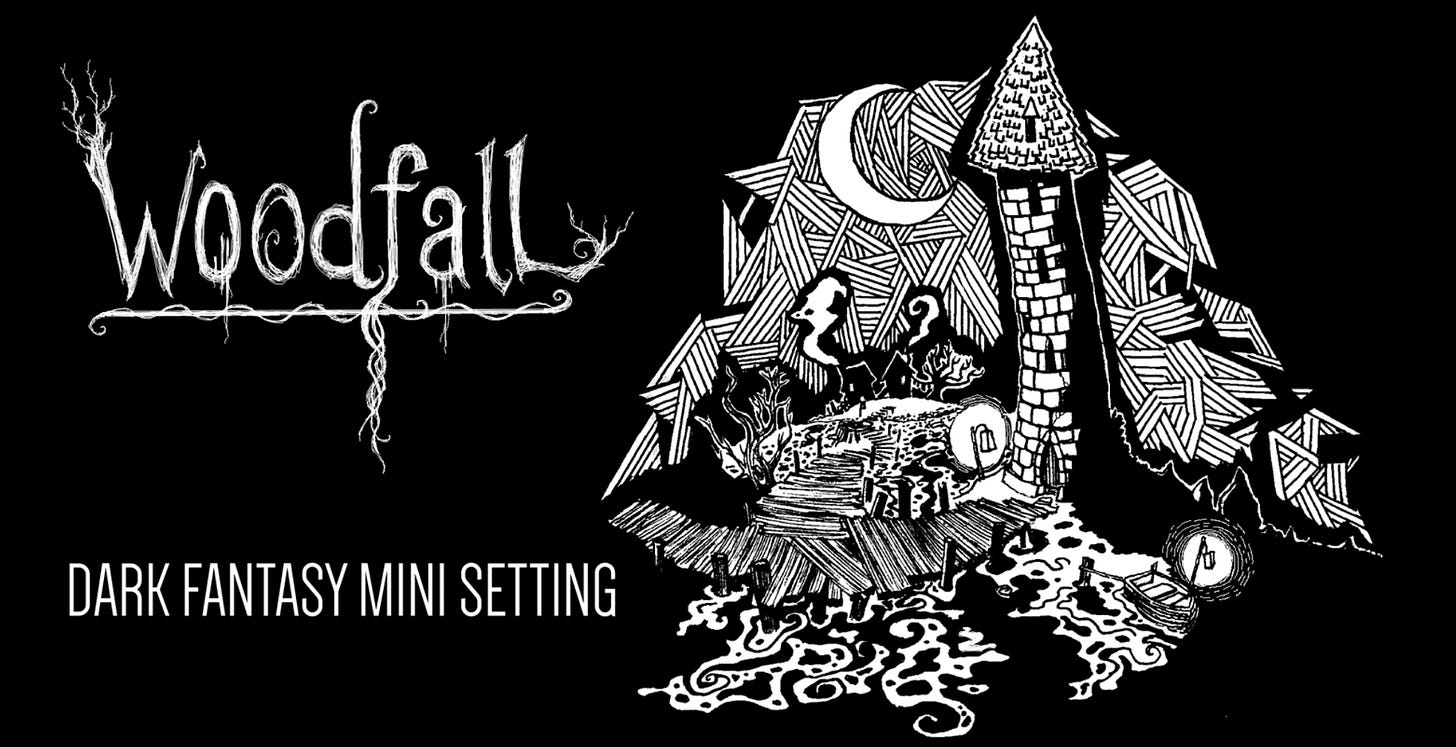
Fantasy grounded in the mundane - The types of games listed in this post often focus on the delineation between the normal and the existential other, with the ‘normal’ being relatively proximal to mundane and domesticated, and with the ‘other’ being closer to wildness and wilderness. In fantasy grounded in the mundane, weird things are given due mysticism. This is a consistent trend in OSR/NSR games, which frames things as ‘other’, when they are usually considered ‘normal’ by contemporary fantasy, like demons and dragons. This is illustrated in Mythic Bastionland, where a single goblin is a legendary creature of fable, rather than a familiarized part of a fantasy hero roster. Seedling Games calls this characteristic out when they frame The Hobbit as more grounded than LOTR.
Fantasy grounded in reality - One way the term ‘grounded’ can be used is to denote an awareness of the complex interactions and impacts that surround a practice. In this understanding, fantasy is grounded when we recognize its role in modern society and our personal and collective stories, and when we recognize that our choices and relationships in the TTRPG space have meaningful legacies. This understanding is generally at odds with those who frame fantasy as escapism with no real world impact.
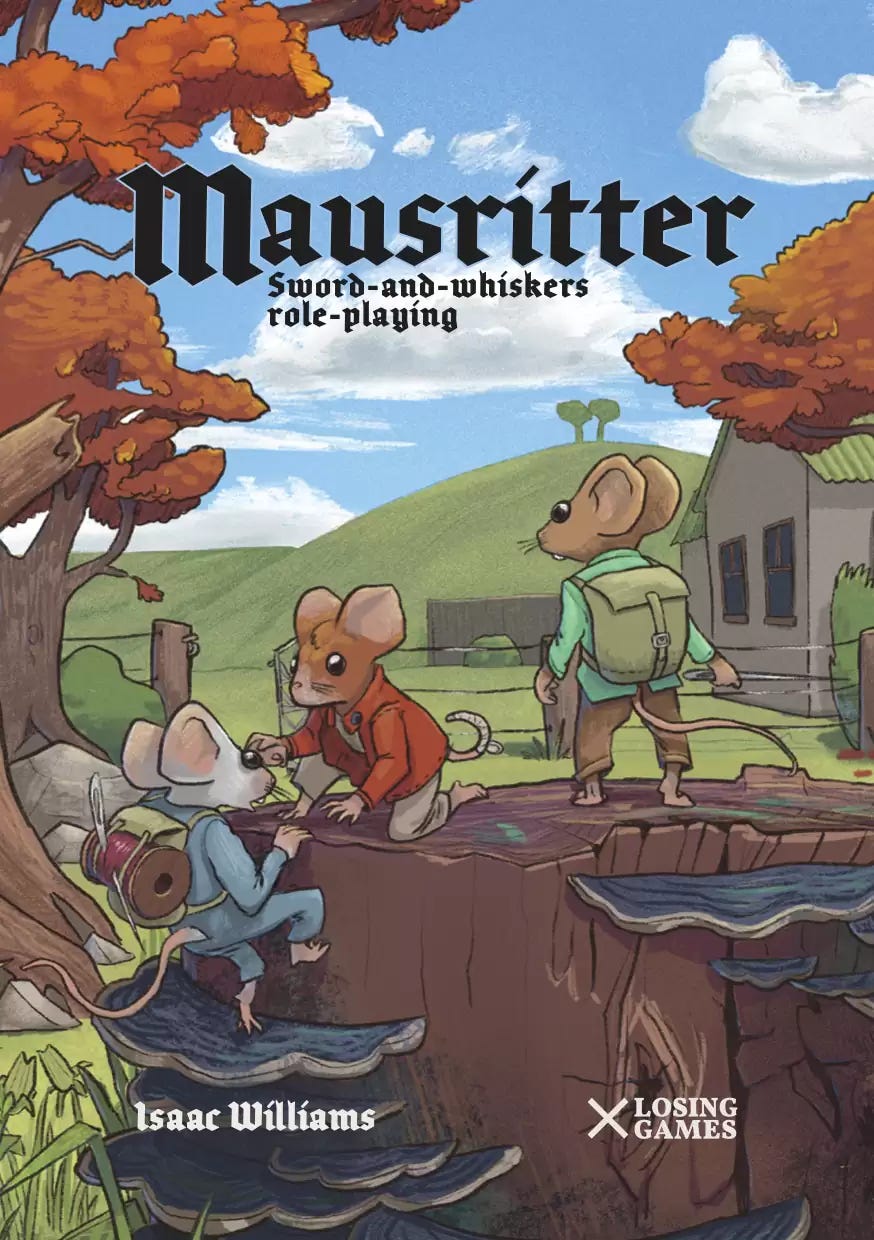
We can extrapolate this understanding of grounded fantasy into many facets of the TTRPG space. Grounded fantasy might mean sustainable publishing practices, or a refusal to participate in predatory business. It means paying attention to the stories we tell, how those stories frame heroes and villains, the normal and the other, and how those stories perpetuate the narratives of different cultures and confer recognitional justice. It means considering which folktales are culturally yours to tell. It means holding responsibility for respectful relationships with other game creators, runners, and players, and standing up for causes in the modern world. In this definition, a game about class solidarity and revolution in an urban setting might be considered grounded in social context, even if it lacks rusticity or wilderness.
Other TTRPG creators emulate this concept of grounded responsibility by making games about land stewardship, like in this 2025 Earth Day Jam. But, grounded fantasy also means recognizing the role of Gygaxian and European fantasy tropes like elves, orcs, and clerics as they relate to the world today, and choosing to continue dialogue on those elements, rather than pretend they don’t exist. On this last point, I actually think the OSR/NSR is a valuable space for interrogating those aspects of fantasy in a grounded fashion.
Fantasy grounded in meaning - Finally, I want to end with an aspect that seems very close to what Seedling Games is looking for, fantasy gaming that inspires a specific sense of meaning through the actions, setting, and game rules. Most GMs want a degree of deeper meaning in their games, but it’s not always clear what makes a game meaningful to an individual or a group. Certainly, the sense of earnestness and humility mentioned by Seedling can evoke a feeling of reverence, and that respect will feel more meaningful over the course of a game than the experience of players who demonstrate callousness or frivolousness. This is because meaning is communicated through consequences, where players feel that their choices had an impact on the fantasy. In search of this form of meaning, Seedling promotes games with ample presence of danger, but not violence for entertainment’s sake.
At Gnomestones, we design games that fit a lot of these descriptions. In the upcoming potato game, gnomes scrabble around in the dirt for potatoes. There’s tons of nature, food-based mechanics, and deeper embedded meaning. I trend a bit more towards the satirical/goofy than a lot of grounded games, but Gnomestones is serious in it’s own way! Other games like Legend of the Crazy Seawitch Pirate Queen use folklore as inspiration.
Of course, there are a plethora of ways that a fantasy might be meaningful. The character is often the center of meaning to a player, the fantasy of self. A player might find meaning through a pet, a title, or a fighting style. Players find meaning in the way they are perceived by others at the table, whether their deeds are appreciated, whether they are seen how they’d like to be seen. I find meaning in curating a world that reacts to player choices over a long time-scale, creating meaning through legacy. And of course, one could find meaning in all the categories of grounded fantasy listed above (I do). In the end, grounded fantasy is nothing if it’s not grounded in meaning.

Well that’s all for now. If you have any thoughts on grounded fantasy or grounded TTRPGs, including examples of games that fit these categories or categories of your own, please add them in the comments below. Then join us back in the dirt next time, on Gnomestones.








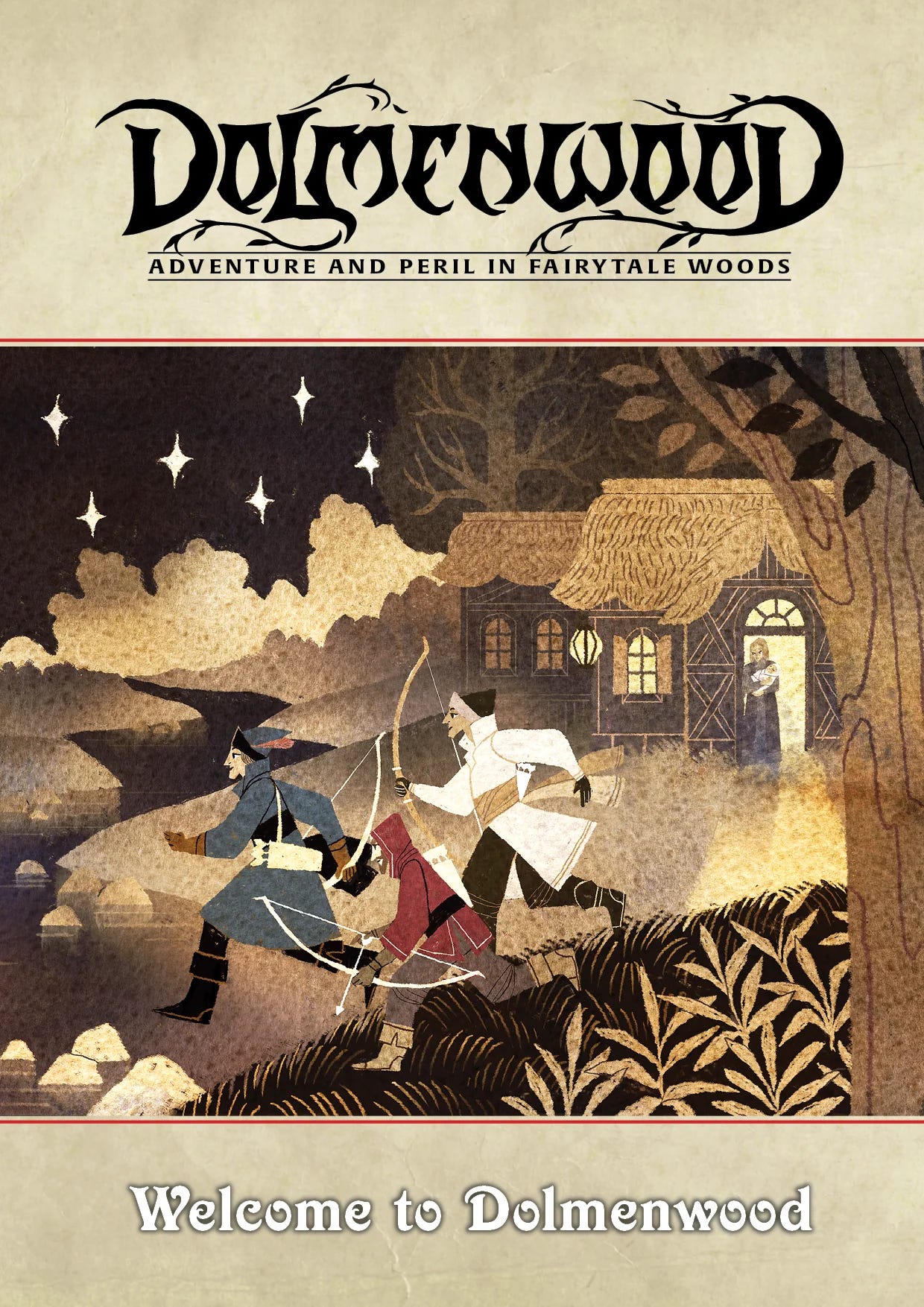
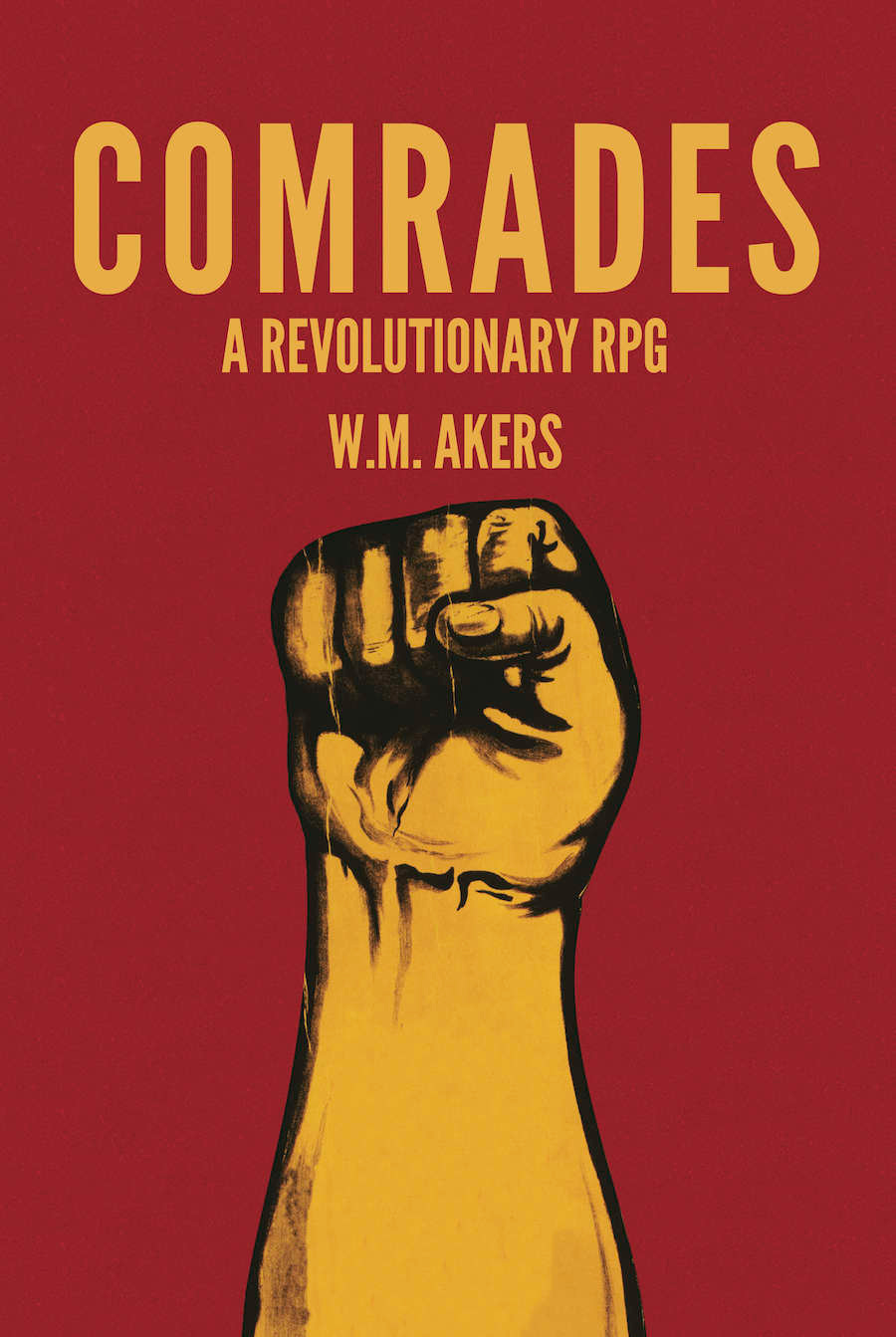
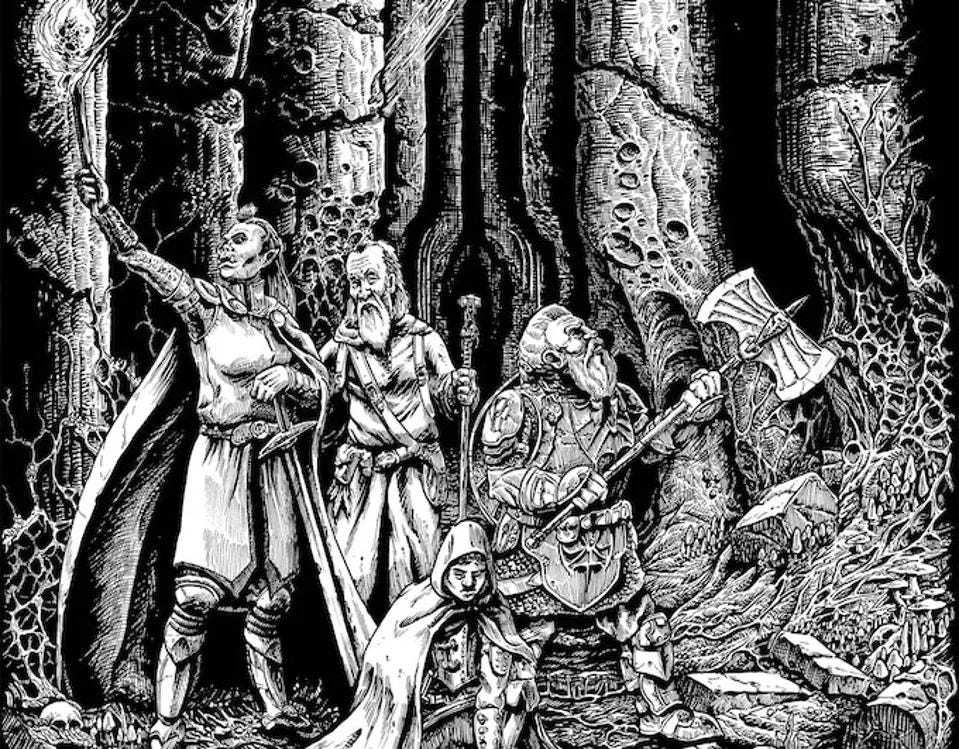
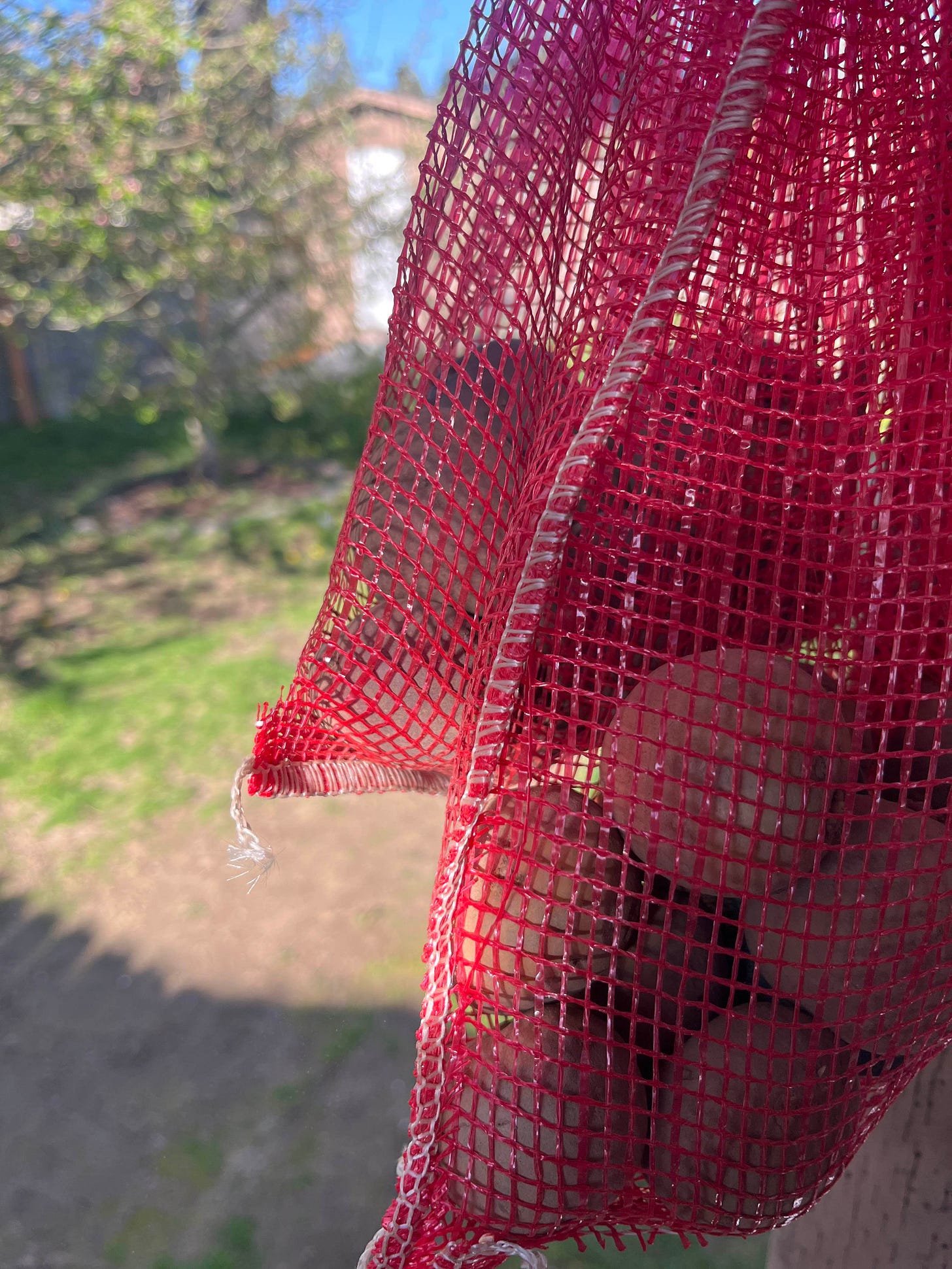
Check out Beyond the Wall. It ticks most if not all of the boxes you describe to one degree or another.